









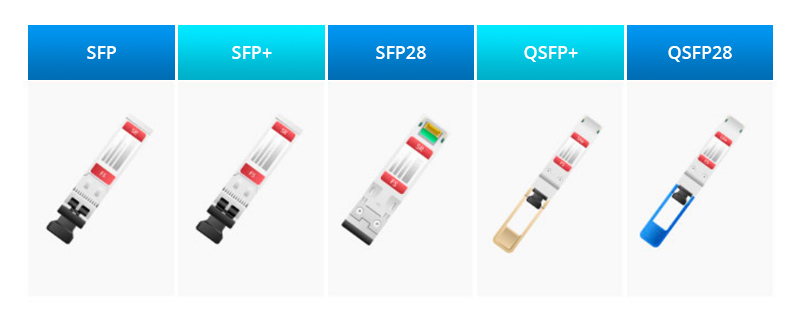



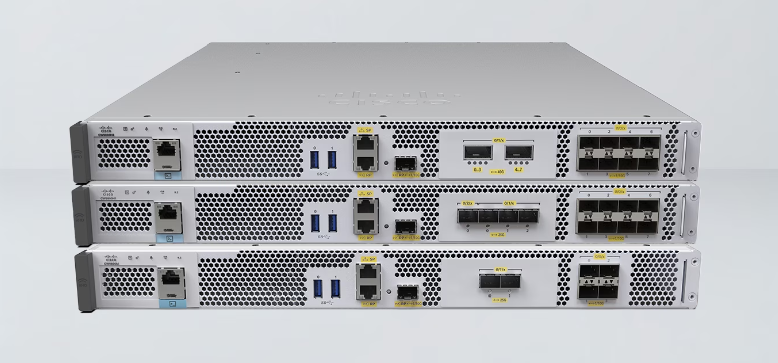



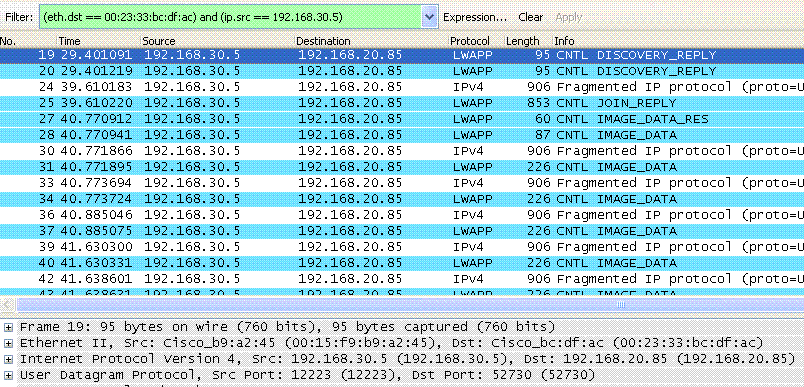

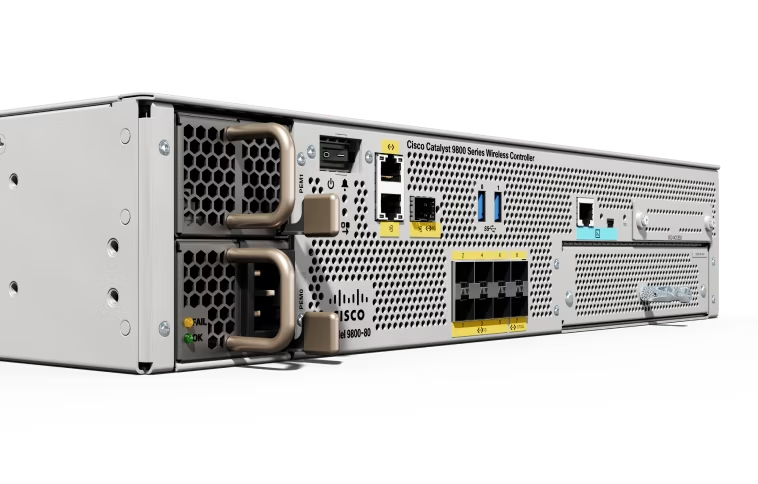

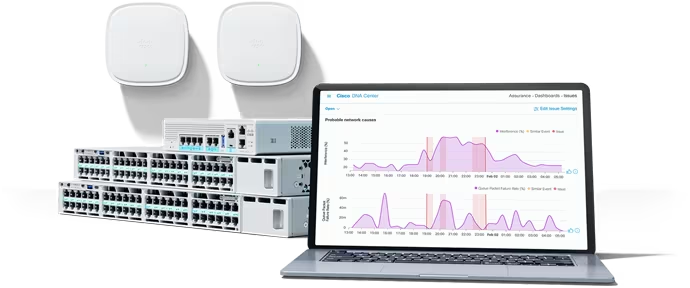
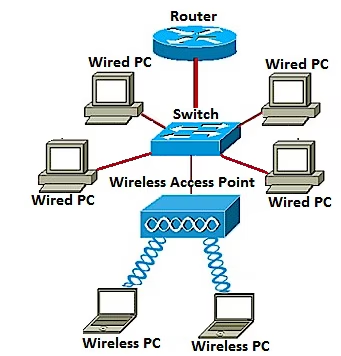
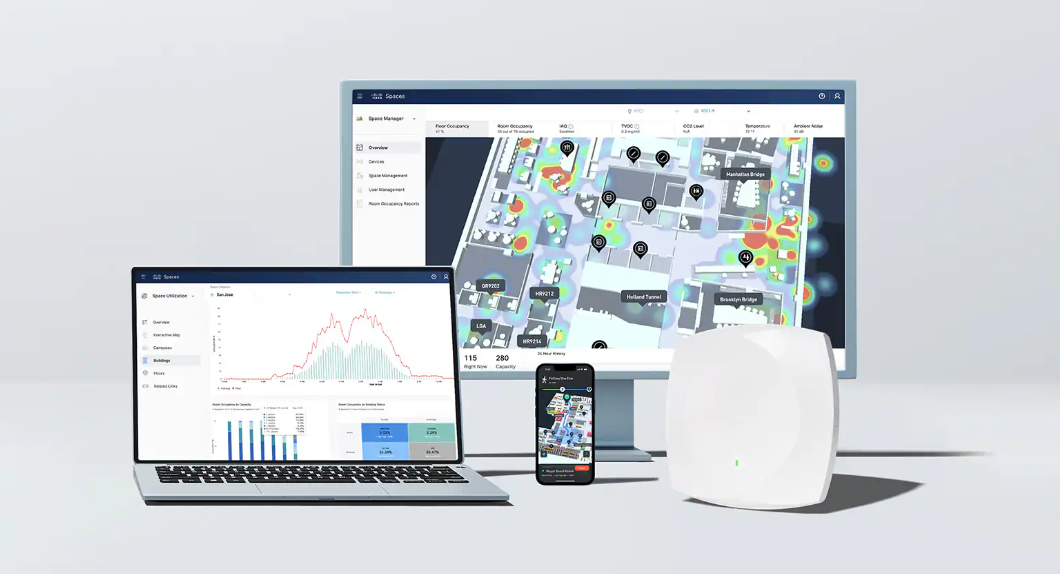

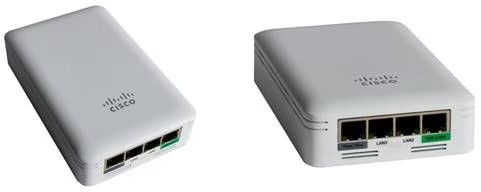

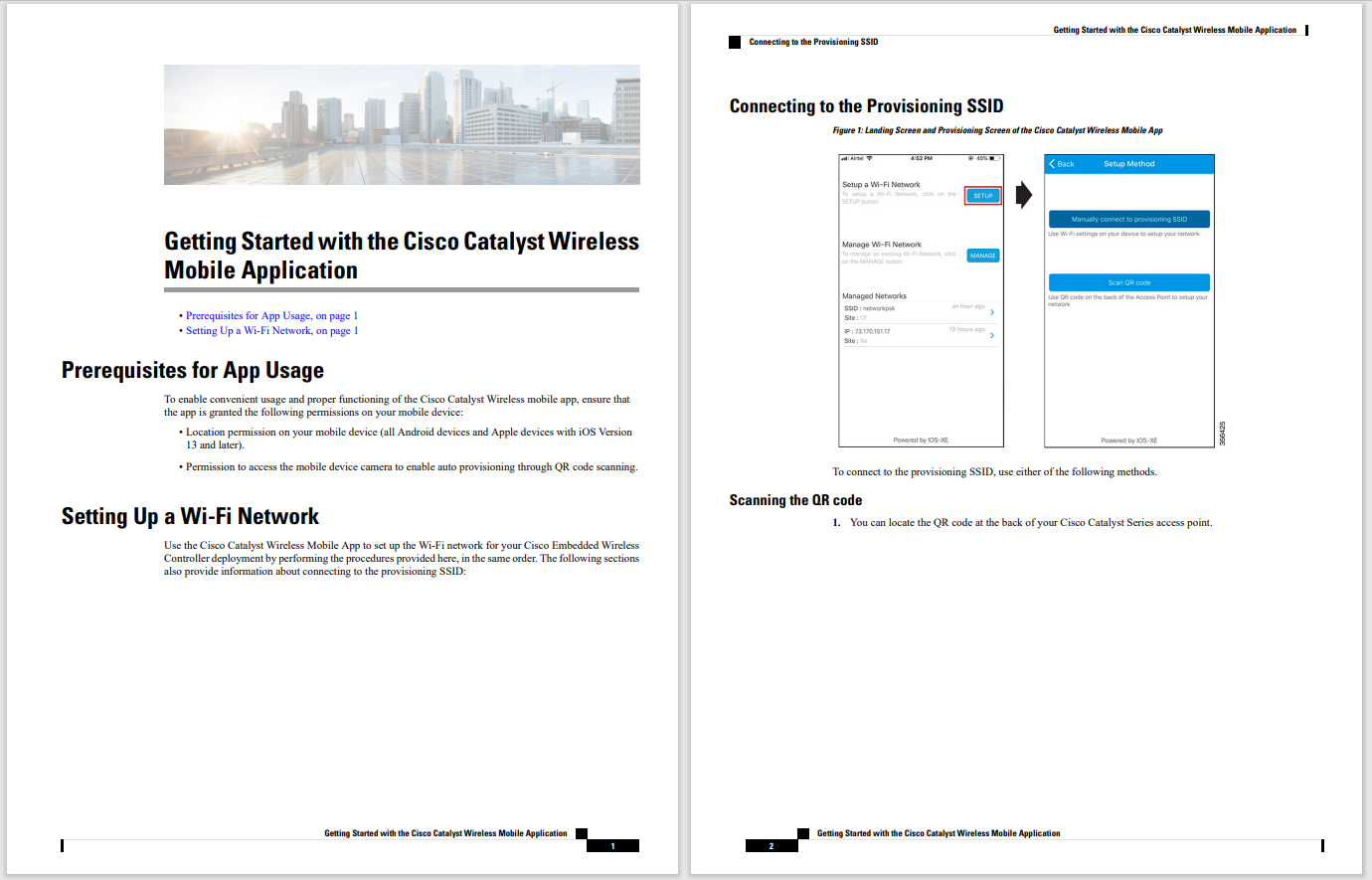

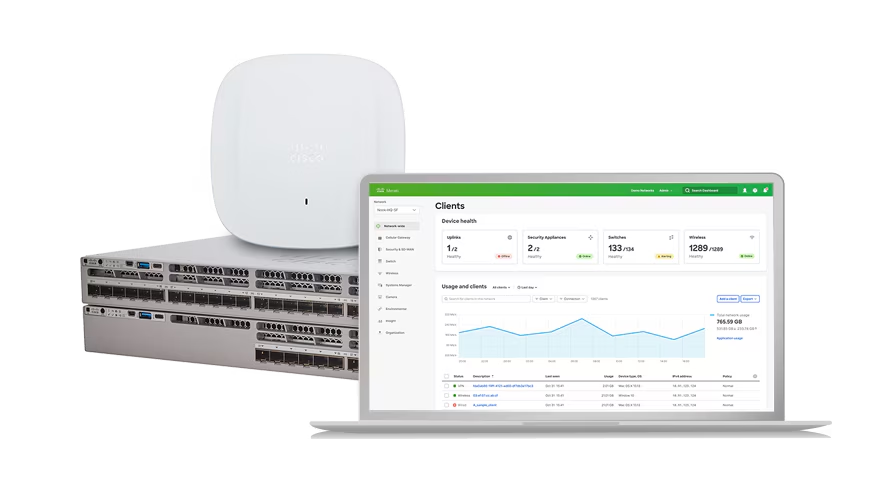

IoT, The Oppressed Project
We are now in the era of IoT "Internet of Things". It's a concept that not only has the potential to impact how we live but also how we work. And as things become more connected, people become more concerned about their security and privacy. I have gone through a lot of technical conversation about IoT and realized how paranoid people are about their connected devices and appliances.
Why paranoid?
The future Internet will be an IPv6 network interconnecting traditional computers and a large number of smart objects or networks such as Wireless Sensor Networks (WSNs). By 2020 there will be over 26 Billion connected devices and some estimate this number to be more than 100 Billion connected devices. This includes mobile phones, Smart TVs, washing machines, wearable devices, Microwave, Fridges, headphones, door locks, garage door openers, scales, home alarms, hubs for multiple devices, remote power outlets and almost anything else you can think of like your car and airplane jet engines.
Ways of securing the traditional Internet networks have been established and tested. The IoT is a hybrid network of the Internet and resource-constrained networks, and it is, therefore, reasonable to explore the options of using security mechanisms standardized for the Internet in the IoT.
What will we do about managing the usernames and passwords of every single connected device? What about our privacy? What if some hacker was able to control our video cameras? More and more questions are being asked and more security concerns are being escalated.Do we really have to be paranoid about IoT?
IoT was already there
Most of us have Computers, Laptops, Tablets, Mobile phones, Printers, Game consoles, Media players, Storage device, Video Cameras and Satellite Receivers which are already connected to our home networks. Those are some of the Internet of Things devices and we were OK with that although if some hacker could hack into one of the cameras connected to one of the Laptops or even to one of the Smart TVs, he could see what's going on inside the home
So what is the problem?
The problem is not with IoT, the problem is with how we understand IoT. IoT not only means the interconnectedness of appliances, computers, microprocessors and machines, all of which have IP addresses or some form of digital identification, it also means the interconnectedness of devices coupled with automated and centralized data collection and analysis capabilities from those devices or processors linked to them. This leads to tremendous possibilities to develop new applications for the IoT, such as home automation and home security management, smart energy monitoring and management, item and shipment tracking, surveillance and military, smart cities, health monitoring, logistics monitoring and management. Due to the global connectivity and sensitivity of applications, security in real deployments in the IoT is a requirement.
Cisco is very clear about IoT Security:
"IoT security requires a new approach that combines physical and cyber security components."
Learn how Cisco can help you more securely implement the opportunities and benefits the IoT can bring. IoT Security
Please watch this video, where Dan O'Malley and "Rick the Radio Guy" give an overview about how Cisco IPICS open standards and integrated technologies enable Internet of Things Secure Mobile Communications and Communications Interoperability to support mission needs for Public Safety, Defense, Manufacturing, Utilities, Transportation, Mining, and more.
What to do?
"#security should be the#1 thing companies focus on in the wake of#IoT" -CEO John Chambershttp://cscoengs.co.vu/1ucx8GY
"It is not often that companies learn from the past, even rarer that they draw the correct conclusions from it." -Henry Kissinger
I hope companies will break this trend when it comes to security in the Internet of Things (IoT). Here, I will give some tips for both end users and service providers to secure IoT.
End users
 1. Hardening your Router
1. Hardening your Router
2. Keep your Network devices up-to-date
It is very easy to gain access to your computer/devices if there are security holes in any software that you have installed. NBC news reported of a family that had an Internet enabled baby monitor that was hacked by an intruder. The intruder likely used a program that scans IP addresses for open ports that have security and web cameras connected to them. They had a three years old camera with outdated firmware that enabled the intruder access.
For this reason it is critical that you keep your software up-to-date. This rule applies to all devices in your home network, like smart phones and even Wi-Fi devices such as your baby monitor. But ensure that devices receiving updates over the web are doing so over secure systems. Ensure that connectivity is secure and use devices that provide for two-factor authentication.
3. Use OOB systems
Governmental departments and Banks use IoT linked devices, but they are mainly out of reach from hackers because they are OOB (Out Of Band). But keep in mind that these OOB systems are subject to insider attacks.
4. Stay informed
Information about managing and securing IoT devices can be obtained from some organizations such as FIPS and National Institute of Standards and Technology. These organizations address critical steps that are needed to secure and protect information and critical systems.
5. Secure the location of your IoT linked devices
Data should be protected physically and virtually and this should be done by your IoT service provider. Be sure to have a contract that outlines the provider's responsibilities if there is a breach of its system.

Service Providers
In this section, I will point some tips without going deep in Details.
1. The communication in IoT should be secured with:
This can be achieved at different layers:
Even if the IoT is secured with encryption and authentication, the sensor nodes are vulnerable to wireless attacks, Therefore, an IDS and firewalls are needed.
2. Network Security
The Network can be attacked even if there is a communication security that protects messages. Such attacks are aimed to disrupt networks by interrupting the routing topology or by launching DoS attacks. IDS, therefor, are required to detect any malicious activities in the network. Firewalls are required as well to block any unauthorized access to the network.
6LoWPAN networks in IoT are vulnerable to a number of attacks from the Internet and from inside the network and are easier to compromise a resource-constrained wireless node than a typical Internet host. Considering the novel characteristics of the IoT it is worth investigating the applicability of current IDS and firewall techniques in the IoT, or designing a novel IDS and firewall exploiting the contemporary IoT features and protocols.
3. Data Security
It is very important to protect sensitive data stored on any IoT device. As we know, most of the IoT devices are wirelessly connected and it is hard to protect each connected node with smart cards or TPM. Software based solutions can be used to secure such sensitive stored data.
4. The following security services are necessary in the IoT:
In the end, I want to say "As long as there is a mind to invent, there is a mind to crack. Just do what you have to do".
I hope this has been informative for you and I would like to thank you for reading.
 Etiquetas calientes:
Internet of Things (IoT)
#seguridad
#CiscoChampion
privacidad
Etiquetas calientes:
Internet of Things (IoT)
#seguridad
#CiscoChampion
privacidad